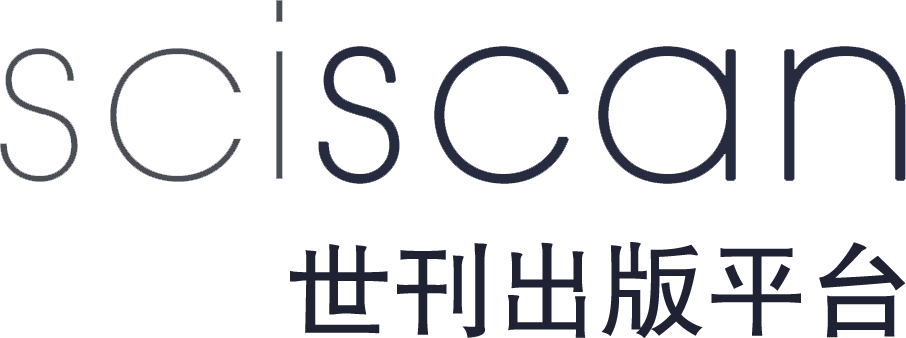免费订阅世刊出版平台最新发表资讯
教化关系与养育关系交互活动中的归因偏差
The Attribution Bias in the Interacting Activities Among Educating and Nurturing Relationships
- 作者: 蔡倩¹ 王天骄² 刘传军²
-
单位:
1.天府第四中学,成都; 2.四川大学公共管理学院,成都
- 关键词: 归因偏差;关系型交互;教化关系;养育关系 Copyright
- Attribution bias; Relational interaction; Educating relationship; Nurturing relationship
- 摘要: 在教育活动中,作为交互关系的主体,学生与老师、父母或祖父母会分别形成教化关系和养育关系。面对不同关系的交互对象,学生的归因模式可能有所不同。本研究采用情境故事法,模拟了学生与老师、父母和祖父母的交互教育情境,然后让被试写出老师、父母或祖父母在该情境中的行为原因。研究者对被试所写的行为原因进行了编码,如果被试认为是学生的原因则计为内部归因,如果被试认为是老师、父母或祖父母的原因则计为刺激归因。对编码结果分析后发现,在与父母或祖父母的交互教育活动中,被试有显著的刺激归因偏差,在与老师的交互教育活动中,被试有显著的内部归因偏差。结果表明,教化关系和养育关系对学生的归因模式具有显著的影响,这种归因模式的差异可能是学校教育活动使个体内化社会规范的重要方式。在家庭教育活动中,则需要引导学生的外归因偏差向积极外归因方向发展,从而营造良好的家庭教育氛围,促进个体的成长。
- In educational activities, as the subject of interactive relations, students and teachers, parents or grandparents will respectively form the relationship of educating and nurturing. In the face of different interaction objects, students’ attributional patterns may be different. In this study, the situational story method was used to simulate the interactive education situation between students and teachers, parents and grandparents, and then subjects were asked to write down the reasons for the behavior of teachers, parents or grandparents in the situation. The researchers coded the reasons for the behavior written by the participants, and counted them as internal attributions if they thought it was due to the students, and as external attributions if they thought it was due to the teachers, parents, or grandparents. After analyzing the coding results, it was found that the subjects had significant external attribution bias in the interactive education activities with their parents or grandparents, and significant internal attribution bias in the interactive education activities with their teachers. The results show that the educating and nurturing relationship types have a significant impact on students’ attribution patterns, and the difference in attribution patterns may be an important way for school education activities to make individuals internalize social norms. In the family education activities, it is necessary to guide the deviation of students’ external attribution to the direction of positive external attribution, so as to create a good family education atmosphere and promote the growth of individuals.
- DOI: https://doi.org/10.35534/pc.0408103
- 引用: 蔡倩,王天骄,刘传军.教化关系与养育关系交互活动中的归因偏差[J].中国心理学前沿,2022,4(8):853-859.














